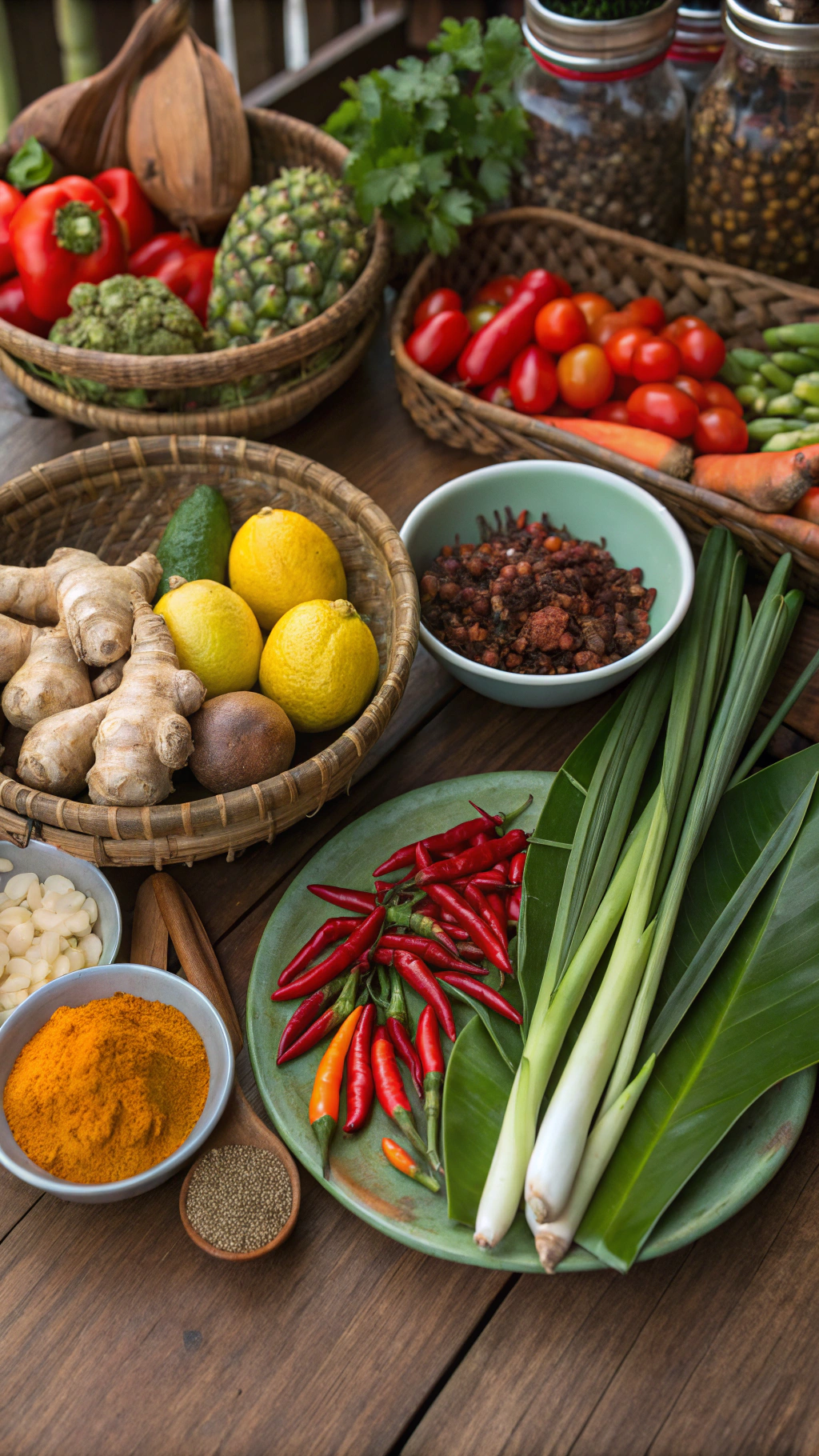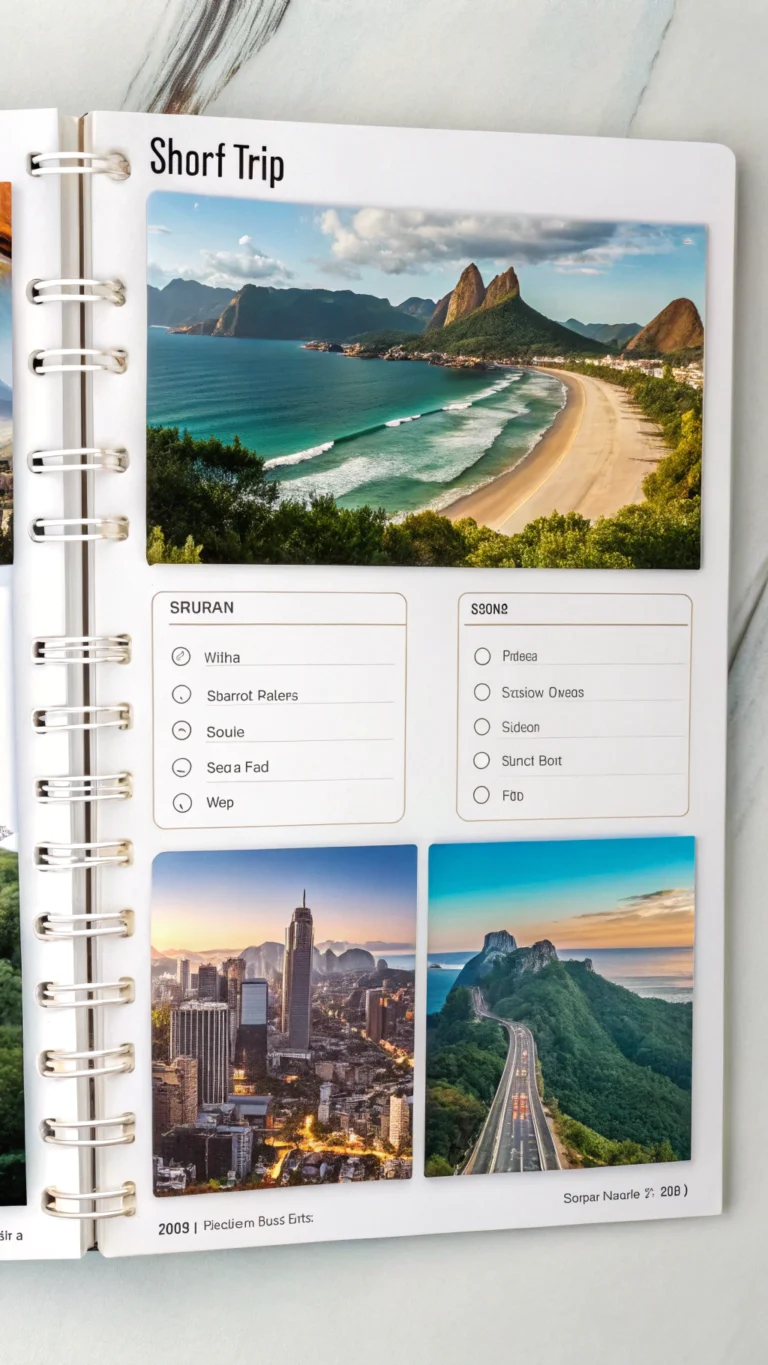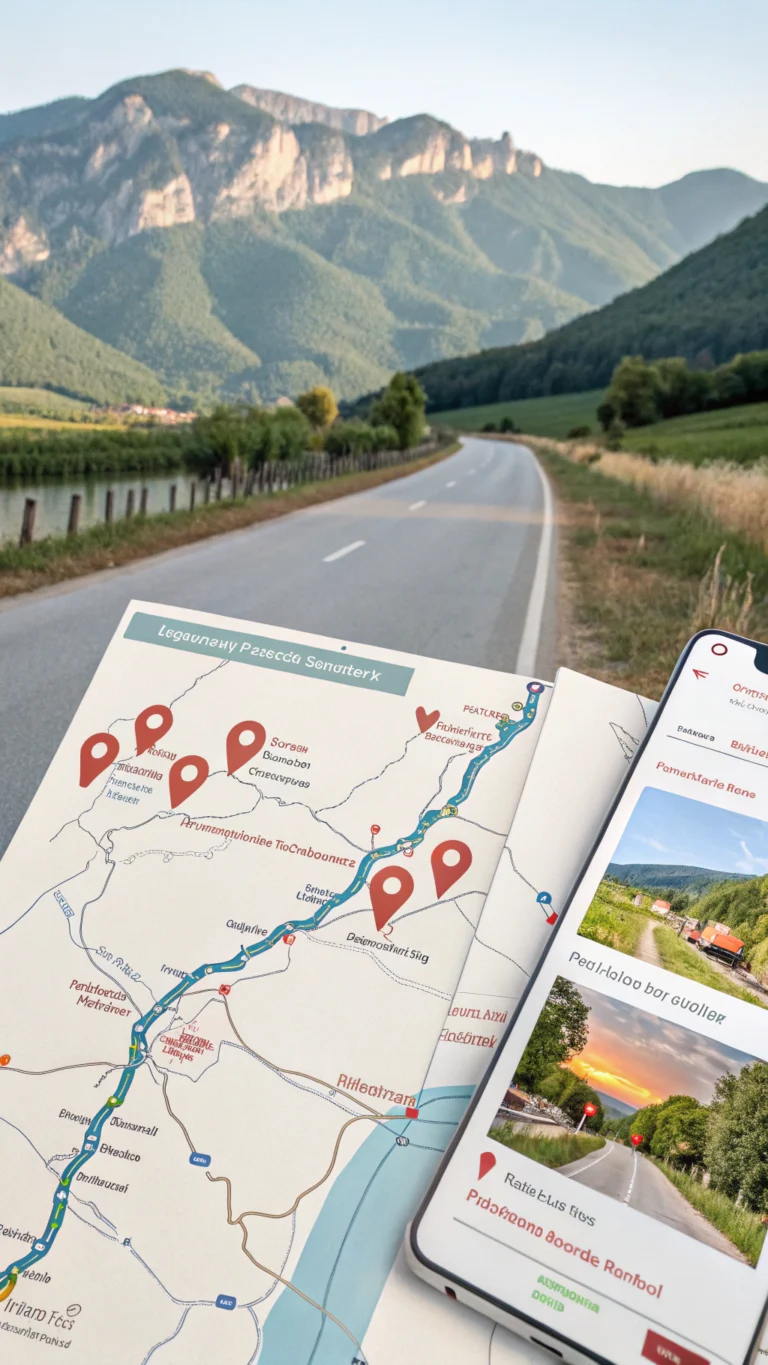Asia Travel Guide: 5 Best Kept Secrets for Foodies
Table of Contents
Introduction
Ever searched for the most real street cuisine in Bangkok’s little lanes? Alternatively you might be interested in the secret Japanese izakayas that even residents find difficult to uncover. Asia travel provides an unmatched gastronomic excursion for those who are foodies that transcends the usual tourist experiences. Recent travel statistics show that although most visitors merely skim the surface of what’s accessible, eating experiences now inspire over 75% of travellers to choose particular places across Asia.
This book offers five amazing gastronomic locations that are still mostly unexplored by popular travel but provide authenticity and creativity to turn your Asian trip into a feast for all senses.
Destination Overview

Asia’s gastronomic scene shows thousands of years of cultural development, trade inspirations, and regional variations. From the scorching spices of Thailand to the subtle umami notes of Japan, the continent offers a mosaic of flavors that chronicles its many peoples and histories.
Although nations like Japan, Thailand, and Vietnam already have culinary reputation, several with similarly remarkable food cultures are yet understudied. Although the ideal time to start a food-based travel around Asia differs depending on the area, generally shoulder seasons (April–May and September–October) provide the ideal mix of mild temperature, accessible cuisine, and less visitors. Food celebrations all throughout the continent highlight seasonal foods at their best during these times; hotel costs usually range from 30 to 40 percent less than in peak season.
Travel Itinerary
Day 1-3: Penang, Malaysia – The Hidden Culinary Capital
- Morning: Wake up early for Penang’s famous kopi (coffee) culture, visiting traditional kopitiams like Sin Guat Keong
- Afternoon: Take a guided food tour through Georgetown’s heritage zone, sampling at least 8-10 different hawker specialties
- Evening: Explore the Gurney Drive night markets, where seafood and durian stalls create a sensory overload
Did you know? Penang averages 638 different food stalls per square kilometer, making it one of the most densely concentrated food destinations in Asia.
Day 4-5: Chiang Mai’s Northern Thai Food Scene
- Morning: Attend a cooking class featuring rare northern Thai dishes not found elsewhere
- Afternoon: Visit the Warorot Market where hill tribe ingredients create flavors distinct from Bangkok cuisine
- Evening: Experience a traditional Khantoke dinner with live cultural performances
Day 6-7: Taiwan’s Night Market Extravaganza
- Full day: Dedicate each evening to a different night market, with Raohe, Shilin, and Ningxia offering unique specialties
- Pro tip: Visit during the late afternoon to watch vendors prepare fresh items, then return after 8 PM when everything is in full swing
Must-See Attractions
Beyond the established food capitals like Bangkok and Tokyo lies a world of Europe travel, Asia travel, Southeast Asia travel, Japan travel, Italy travel experiences that combine culinary excellence with cultural immersion. Five unmissable foodie attractions include:
Ipoh, Malaysia – Often overshadowed by Penang, Ipoh offers arguably Malaysia’s best white coffee, silky rice noodles, and bean sprouts cultivated in mountain spring water.
Fukuoka, Japan – The birthplace of tonkotsu ramen features yatai (food stalls) along the riverside that create intimate dining experiences unlike anywhere else in Japan.
Tainan, Taiwan – Taiwan’s ancient capital boasts over 50 registered “historic foods” that have remained unchanged for centuries.
George Town, Penang – A UNESCO heritage site where Chinese, Malay, Indian and Peranakan influences create a culinary melting pot unlike anywhere else in Asia.
Kanazawa, Japan – With seafood rivaling Tokyo’s but at half the price, this coastal gem offers Japan’s finest sushi experiences without the crowds.
Where to Stay
For serious food enthusiasts, accommodation location is crucial. Consider these foodie-focused neighborhoods:
- Georgetown, Penang: Choose the Campbell House Boutique Hotel, situated within walking distance of 40+ renowned street food vendors
- Nimman Area, Chiang Mai: Akyra Manor provides easy access to both traditional markets and innovative fusion restaurants
- Dadaocheng, Taipei: The historic Stay Hotel celebrates Taiwan’s tea culture while positioning you near traditional food artisans
Budget travelers should consider the Muntri Mews in Penang or Hualin Garden Hostel in Tainan, both offering affordable rooms with staff knowledgeable about local food scenes.
Food & Local Cuisine
The true hidden gems of Asian cuisine are the regional specialties that rarely appear on tourist menus:
- Khao Soi Phu Lae – A northern Thai curry noodle dish made with beef cheek, found only in certain villages outside Chiang Rai
- Hakka Lei Cha – A Malaysian-Chinese “thunder tea rice” featuring ground herbs and tea poured over rice with preserved vegetables
- Niu Rou Mian – Taiwanese beef noodle soup from small family vendors using techniques passed down for generations
For those with dietary restrictions, vegetarian temple food in Korea and Taiwan offers sophisticated plant-based cuisine that has evolved over centuries. Many street vendors can now accommodate allergies if you use translation cards or local food apps like HappyCow or Eatigo.
Travel Tips & Essentials
- Download region-specific food apps before departure (FoodPanda in Thailand, Meituan in China, Line Man in Japan)
- Carry small denominations of local currency for street food purchases
- Learn essential food-related phrases (“no MSG,” “not spicy,” “vegetarian”)
- Visit local convenience stores like 7-Eleven or FamilyMart to discover unique regional snacks
Cultural tip: In many Asian food contexts, slurping noodles and making appreciative noises while eating is considered complimentary to the chef, not rude.
Common Mistakes to Avoid
- Dining during off-hours: Many top street vendors operate only during specific times (often 11am-1pm or 5pm-7pm)
- Over-ordering: Most Asian food stalls specialize in just 1-2 dishes—order small portions from multiple vendors rather than many dishes from one place
- Ignoring local eating patterns: Follow locals to find authentic spots, and check if people are paying before or after eating (customs vary)
- Missing breakfast cultures: Morning markets in Taiwan and Vietnam often feature the most traditional foods that disappear by midday
Budget Breakdown
Asian food explorations offer exceptional value compared to European or American culinary tours:
- Street food meals: $1-4 USD
- Local restaurant meals: $5-15 USD
- High-end dining experiences: $25-75 USD
- Food tours: $30-60 USD per person
- Cooking classes: $25-50 USD
A foodie-focused day in Penang might cost $30-40 total for food, while the same culinary experience in Tokyo might run $60-100.
Final Thoughts
The hidden food sites of Asia provide windows into centuries of history, cultural interaction, and invention, not only great cuisine. Travelers can find tastes few foreigners ever taste by exploring outside the traditional gastronomic hotspots, therefore supporting local food businesses and preserving culinary legacy.
Start today’s gastronomic Asia vacation trip planning. Those ready to explore their taste receptors outside the box will find the most remarkable dining experiences on the continent.
FAQs
When would be a gastronomic vacation to Southeast Asia best scheduled?
Though May-June brings the best tropical fruit season, November to February provides perfect weather over most areas.
How safe is Asian street food?
A: See the locals; often, active stalls with lots of turnover and obvious food preparation show safe choices. Always go for freshly made food over pre-cooked stuff.
Can I arrange food excursions under dietary restrictions?
A: indeed! Particularly in travel hubs like Bangkok, Singapore, and Tokyo, many specialist trips today meet vegetarian, halal, and gluten-free needs.
How one can locate real local eateries?
A lot of apps including Burpple, OpenRice, and even location-specific Instagram hashtags highlight local favorites that might not show up on global channels.
Should I tip at Asian food vendors?
A: There are somewhat different tipping customs. While tiny tips are welcomed but not expected in Thailand and Malaysia, in Japan and Taiwan tipping might potentially be considered disrespectful.







